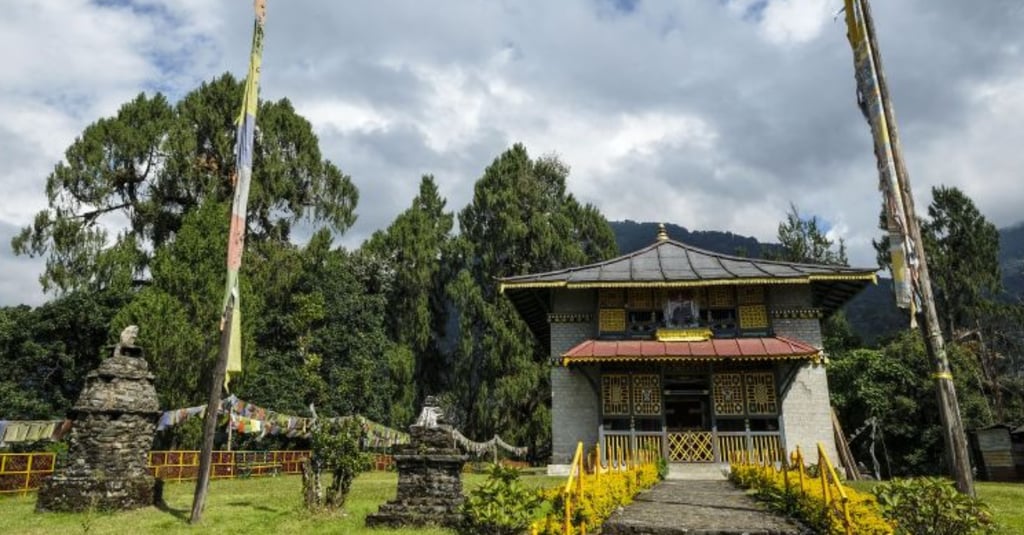Sikkim’s historic monuments in danger as funds dry up
What has shocked many is that while other ASI-managed sites across the country have seen a rise in visitors and income, Sikkim’s own historical places have been overlooked.
LOCAL


Sikkim’s treasured heritage sites are facing a serious threat due to a lack of government funding. A recent Right to Information (RTI) query has revealed that key historical places such as Dubdi Monastery in Yuksom and the ruins of Rabdentse, the former capital of Sikkim, did not receive any funds for maintenance in the years 2022 and 2023.
This information was brought to light by the Sabar Institute, a research body that studies cultural and heritage issues. According to their findings, these monuments—both protected by the Archaeological Survey of India (ASI)—have been left out of critical funding for upkeep, despite being important parts of Sikkim’s identity and history.
What has shocked many is that while other ASI-managed sites across the country have seen a rise in visitors and income, Sikkim’s own historical places have been overlooked. The footfall in these monuments may not be as high as in other tourist-heavy states, but their cultural value is immense. Dubdi Monastery, built in the 17th century, is one of the oldest Buddhist monasteries in Sikkim. Rabdentse, on the other hand, served as the capital of Sikkim in ancient times and holds great importance for the people of the state.
Annay De, a Research Associate at the Sabar Institute, voiced deep concern over the matter. “Some of the most significant and culturally rich locations are being affected due to this lack of maintenance and need immediate attention from stakeholders,” he said.
The COVID-19 pandemic seems to have made the problem worse. Before the pandemic, ASI heritage sites used to get regular funds for their maintenance. However, those funds were drastically cut during the pandemic and even now, they have not returned to earlier levels. In the case of Sikkim, the situation appears particularly dire.
